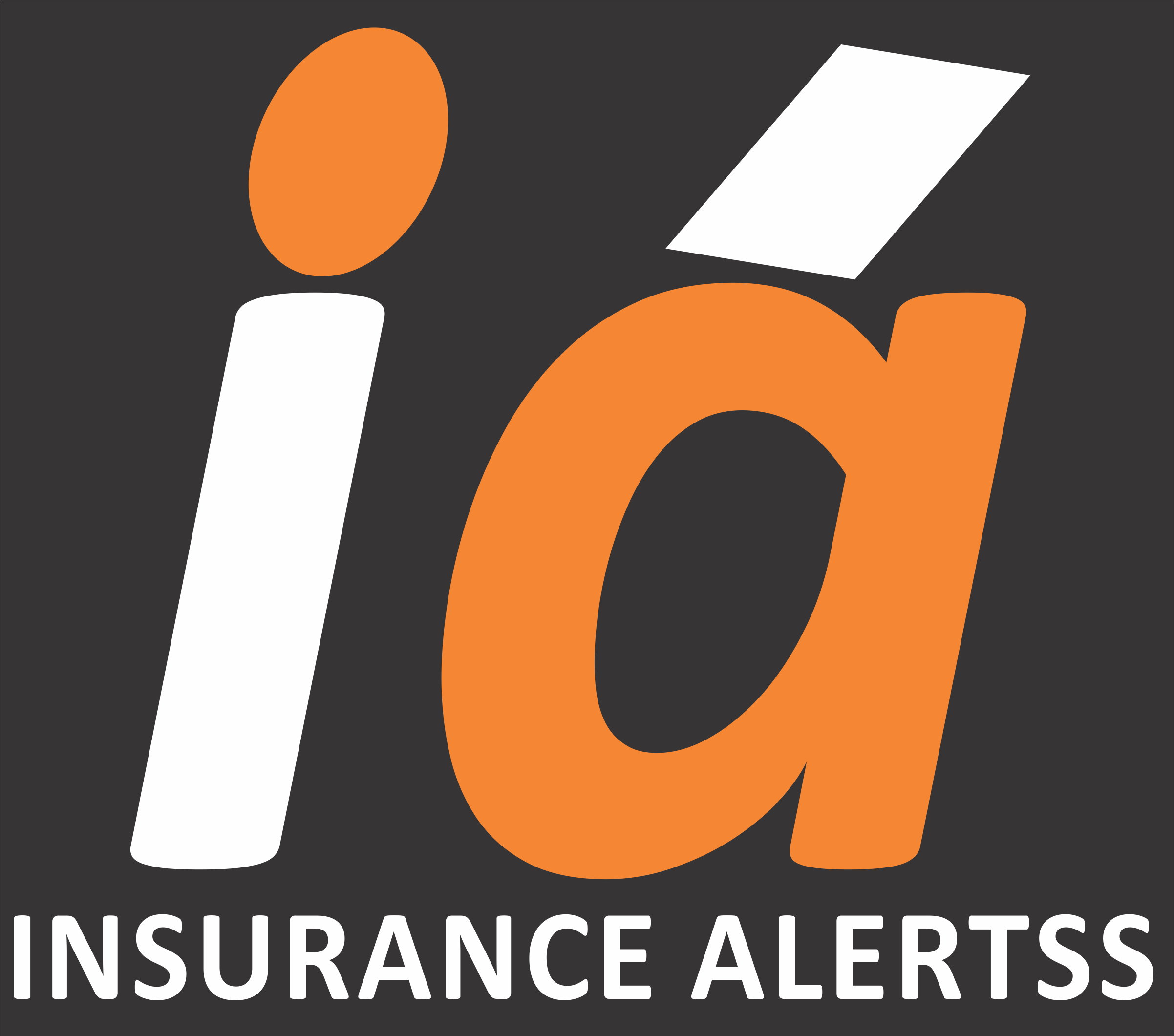 09-06-2021
09-06-2021
Top 20 insurance broking groups sweep up 52% of world broking revenue

 Insurance Alertss
Insurance AlertssTop 20 insurance broking groups sweep up 52% of world broking revenue
The world's top 20 insurance broking groups accounted for just over a half of global insurance broking revenues in 2020, according to rankings and analyses released yesterday by Insuramore, a provider of marketing services and related consultancy with a primary focus on the insurance sector.
The rankings indicate that the world’s top 20 broking groups as measured by total insurance broking revenues in 2020 accounted for a combined 52.3% of fees and commissions earned (and the top 250 groups for 78%).
The value of the worldwide market for insurance broking in terms of fees and commissions earned was $117.7bn in 2020. The breakdown for this is:
- $55.1bn - to commercial P&C (non-life) insurance retail broking,
- $11.2bn - private P&C (non-life) insurance retail broking,
- $37.6bn - employee benefits plus life and health insurance retail broking,
- $5.3bn - reinsurance broking, and
- $8.4bn - wholesale insurance broking.
(Note: The data omit tied agency and MGA activity among other elements.)
COVID-19 impact
The analyses show that the global pandemic had much less of an impact on insurance broking groups than it did on enterprises in some other industries, Insuramore says. Discounting inflation, growth in global broking revenues during the year is thought likely by Insuramore to have been between around 3% and 5% with reinsurance and wholesale insurance broking plus both commercial and private P&C insurance retail broking tending to fare better than broking and administration of employee benefits.
M&A
A further feature of 2020 was the acceleration in M&A activity among broking groups; the pandemic had the effect of encouraging such activity rather than diminishing it with many hundreds of transactions concluded globally. Furthermore, among the top 250 broking groups at the end of 2020, a significant number were in the process of merging with or being acquired by rivals via deals expected to conclude in 2021.
In addition to the proposed merger of Aon with Willis Towers Watson, other major acquisitions already completed or poised to conclude during 2021 as of the date of the report include the following:
- A-Plan Group by Howden Group Holdings;
- ASCOMA by Chedid Capital;
- Be Wiser by Ardonagh Group; the insurance broking interests of BGC Partners by Ardonagh Group;
- Bollington Wilson Group by Arthur J. Gallagher;
- Brightside by Markerstudy;
- Confie by Alliant;
- PayneWest Insurance by Marsh & McLennan;
- Voogd & Voogd by Heilbron Groep;
- Wirtschafts-Assekuranz Gruppe by MRH Trowe; and
- Worldwide Facilities by Amwins.
Networks
Meanwhile, and noting that these data points do not count international broker networks as consolidated groups, the equivalent percentages for the top 20 groups in each of commercial P&C insurance retail broking, private P&C insurance retail broking and employee benefits plus life and health insurance retail broking were a respective 58%, 37.2% and 54.9%.
In alphabetical order, Arthur J. Gallagher, Aon, Marsh & McLennan and Willis Towers Watson are the four largest groups in commercial P&C insurance retail broking and employee benefits plus life and health insurance retail broking, and are also four of the five largest in reinsurance broking.
However, Amwins, Ryan Specialty Group and Truist Insurance Holdings are among the foremost competitors in wholesale insurance broking with Confie (in the process of merging with Alliant) followed by HUB and AA Insurance Services likely to be the top three in private P&C insurance retail broking.
Definition of insurance broking revenues
According to Insuramore, insurance broking revenues are defined as fees and commissions earned from any kind of insurance (or reinsurance) wherein the intermediary (brokerage / independent agency) acts in an advisory capacity for its customers and places risks with all or a broad range of carriers / underwriters in the relevant market either directly (on a retail basis) or indirectly via other intermediaries (on a wholesale basis). Fees earned from alternative risk transfer (ART) activity such as the placement of risks with a captive carrier / underwriter, risk retention group (RRG) or insurance pool, or into an insurance-related security, are also classified here as insurance broking revenues, as are fees intrinsically related to core broking activity such as those earned from safety / risk / crisis management consulting, claims advocacy / claims management, premium finance, employee benefits / health / pensions / wellness consulting, associated data / actuarial analytics etc.
Source: Asia Insurance Review
